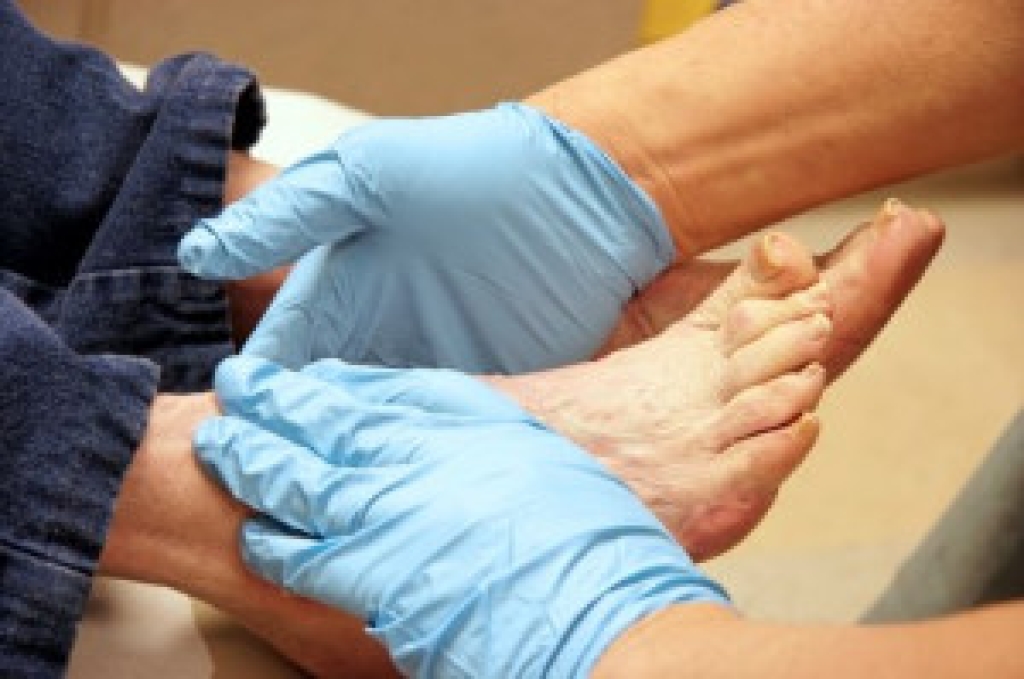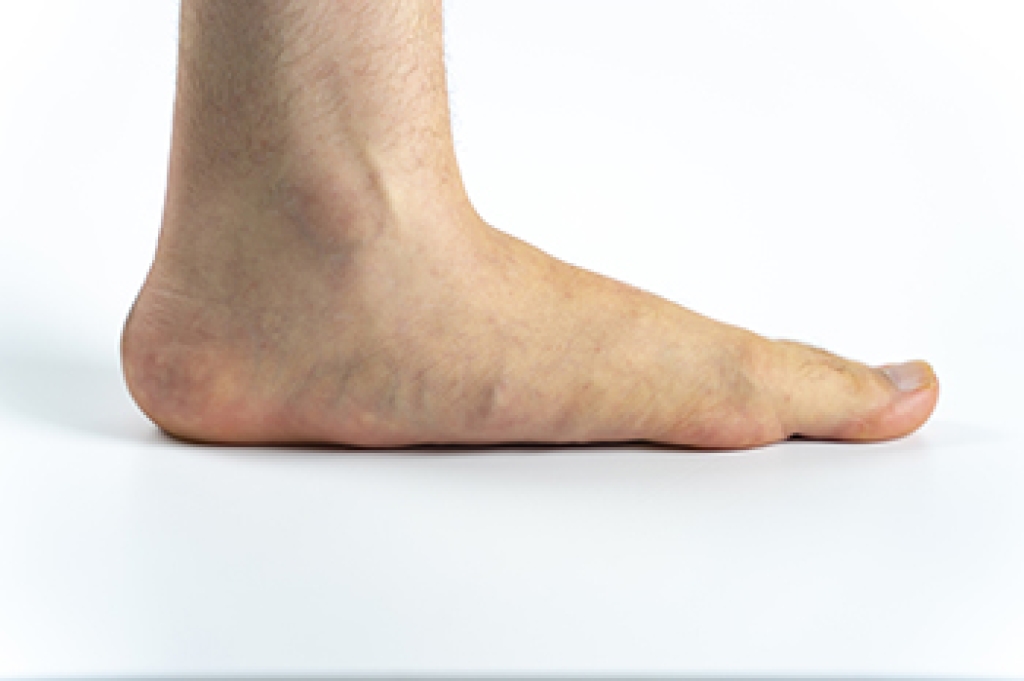
Foot infections are a frequent concern for people living with diabetes because high blood sugar can weaken the skin, slow the healing process, and reduce sensation in the feet. Small cuts, blisters, or cracks may go unnoticed and can quickly become irritated or swollen. Infections often show up as redness, warmth, increasing pain, or drainage, and the skin may feel firmer or appear darker surrounding the affected area. Treatment focuses on identifying the source, cleaning the area carefully, and protecting the skin from further pressure or friction. Medications may be needed to control bacteria, and specialized dressings can support healing. A podiatrist will also evaluate circulation, nerve health, and any structural issues that could contribute to repeated infections. Early care is essential because infections can worsen quickly in the presence of diabetes. If you have diabetes and notice changes in your feet, it is suggested that you are under the care of a podiatrist who can help you to manage this serious condition.
Diabetic foot care is important in preventing foot ailments such as ulcers. If you are suffering from diabetes or have any other concerns about your feet, contact Paul Hutchison, DPM from Hutchison Foot Clinic. Our doctor can provide the care you need to keep you pain-free and on your feet.
Diabetic Foot Care
Diabetes affects millions of people every year. The condition can damage blood vessels in many parts of the body, especially the feet. Because of this, taking care of your feet is essential if you have diabetes, and having a podiatrist help monitor your foot health is highly recommended.
The Importance of Caring for Your Feet
- Routinely inspect your feet for bruises or sores.
- Wear socks that fit your feet comfortably.
- Wear comfortable shoes that provide adequate support.
Patients with diabetes should have their doctor monitor their blood levels, as blood sugar levels play such a huge role in diabetic care. Monitoring these levels on a regular basis is highly advised.
It is always best to inform your healthcare professional of any concerns you may have regarding your feet, especially for diabetic patients. Early treatment and routine foot examinations are keys to maintaining proper health, especially because severe complications can arise if proper treatment is not applied.
If you have any questions, please feel free to contact our office located in Memphis, TN . We offer the newest diagnostic and treatment technologies for all your foot care needs.




